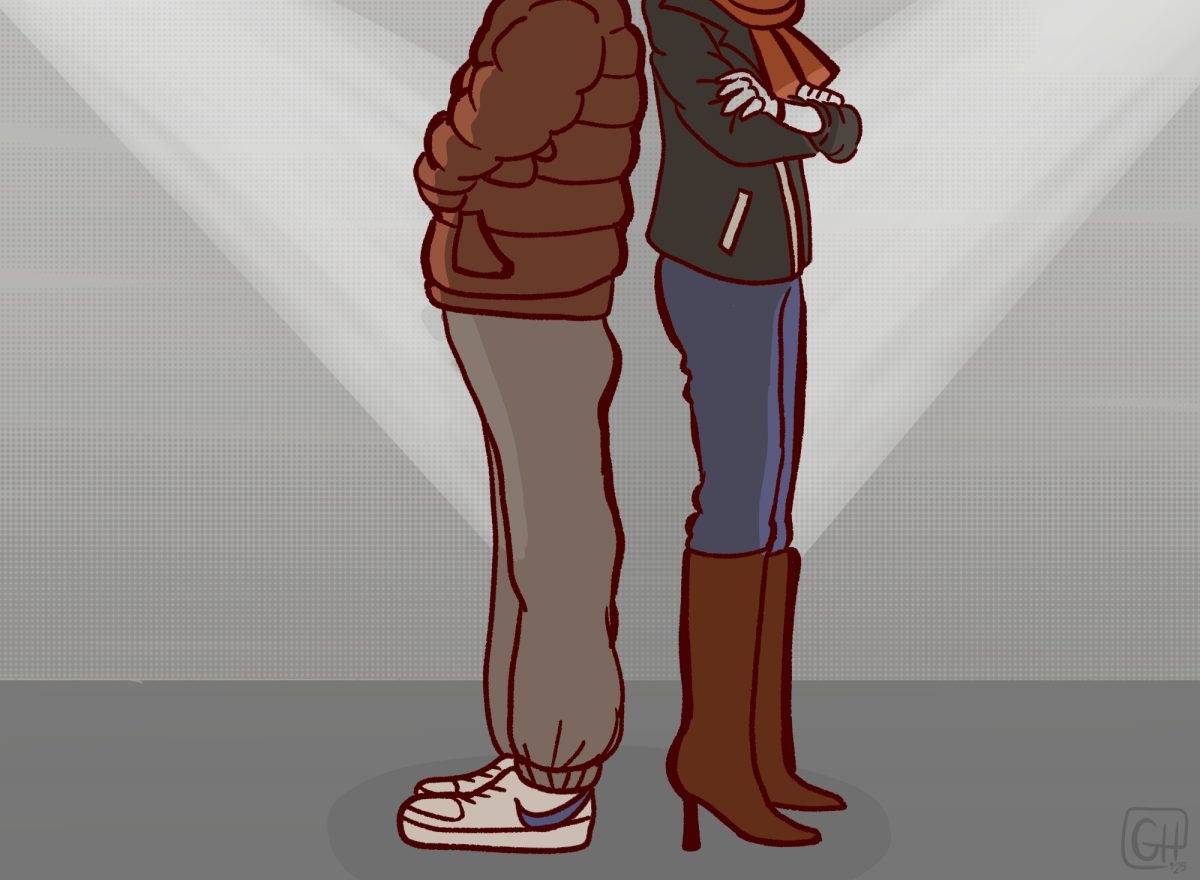Brooke Feldman was named the 2006-2007 Student Union president after an uncontested campaign that drew the lowest voter turnout since 1997.
Over four days, 2,170 voters, or 13.39 percent of the undergraduate student body, cast ballots, with Feldman receiving 77 percent of all votes cast. This figure represents about 10 percent of the student body.
Feldman’s closest competitor, who waged a last-minute write-in campaign, received 36 write-in votes.
College of General Studies sophomore Mark DiCristofaro, who aligned his campaign with Feldman, defeated his only opponent, Tyler Ramaker, with 1,119 votes to Ramaker’s 848. No write-ins were available for the vice presidency.
Union Elections Commission Chairman David Sideman read the results during a reception Friday afternoon at the Shelton Hall ninth floor study lounge.
Union President Jon Marker said he was pleased with the competitiveness of the vice presidency.
“I’m glad that the vice presidential race was a close race,” the CAS junior said. “That means people were listening and making decisions.”
While it was a close race, Ramaker said the results were to be expected after following campaigns around campus.
“I think that Mark wanted it a lot more, and they’ve been plotting this for many months,” he said.
Ramaker said his campaign was not as visible as DiCristofaro’s and Feldman’s because the two combined their allocated money, $500 each, and used the $1000 toward campaign material for both of them.
“Just having more people pitching for you isn’t enough,” he said. “You need to have people out there pitching for you and handing stuff out. There’s a lot I would have bought, but I wasn’t allowed to. The way I look at it is that months of planning and 500 extra dollars only gave him a couple hundred extra votes.”
Both the Union Treasurer, Caroline Cahill, and CAS junior Erica Homan each drew more votes for their respective offices than Feldman did for president. Cahill drew the greatest number of votes in the election, with 1,804. Homan won the secretarial position with a vote count of 1,746.
DiCristofaro said despite some of the more successful write-in campaigns, the overall low turnout for write-in ballots was expected.
Feldman said the low voter turnout and lack of candidates was disappointing, but also somewhat predictable.
“It’s about what I expected overall,” the School of Education sophomore said. “Not surprising – but still disappointing. I would have liked to have still seen more people run, more people voting, getting involved. I mean, with only five candidates, 2,000 isn’t a bad number.”
Ramaker said part of the small number of write-in ballots was due to the lack of advertising and time constraints.
“I think the Elections Commission completely dropped the ball this year because they weren’t advertising for it ahead enough,” he said. “There was that last minute rush for how we do write-in. That should have been done ahead of time.”
Sideman said the Elections Commission should start planning the elections at the beginning of the year in order to increase involvement.
Cahill said according to the Union Constitution, the Elections Commission is supposed to form at the beginning of the academic year.
Feldman said the first priority for the new e-board as they enter the summer is to form a foundation and discuss initiatives for next year.
The new e-board will also spend the summer meeting with administrators and different groups on campus, as well as completing the spring semester’s Union initiatives.
“We really want to talk to all of the e-board of different groups,” she said. “We’ve already talked about meeting with the e-board of the Allocations Board and different SAO groups.”















































































































